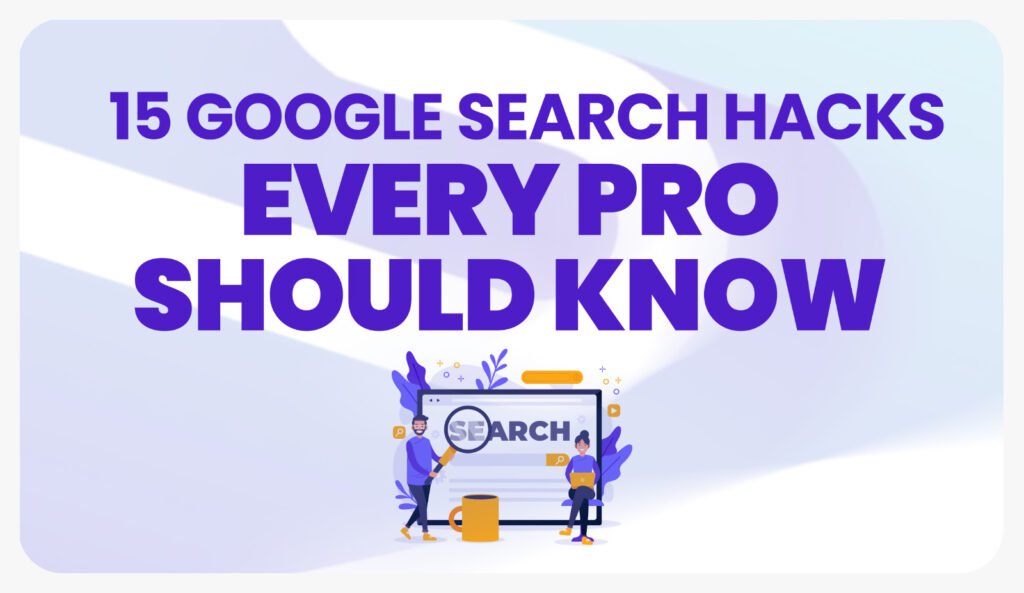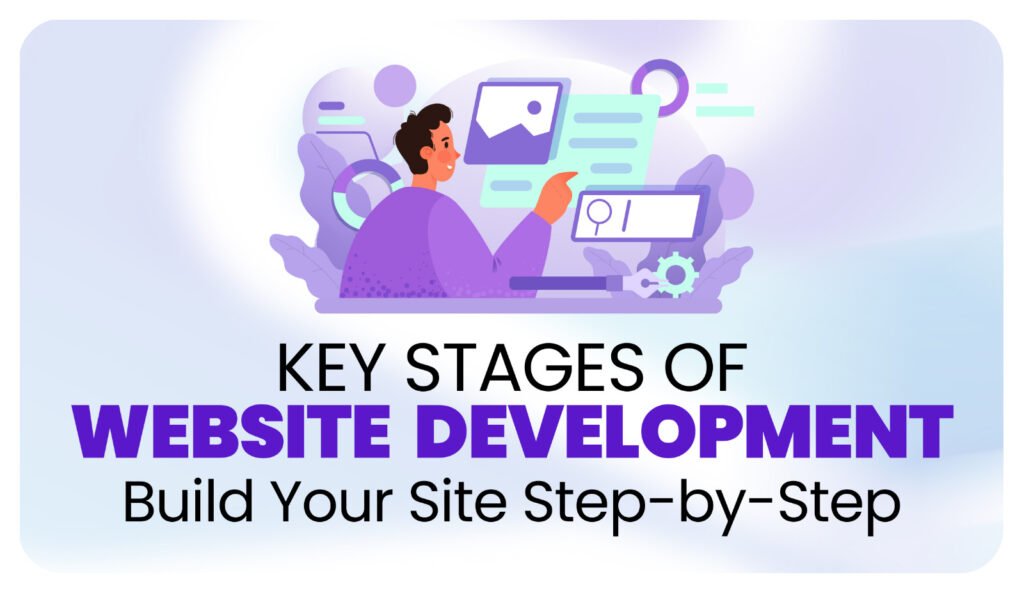Are You Struggling to Keep Keyword Research Simple?
Keyword research is one of the crucial steps in using SEO and other methods of Internet advertisement successfully. However, it is overwhelming at times, with a vast amount of toggles, measurements, and evolving standards for ideal assessments. If you find yourself lost in data or frustrated by confusing strategies, you are not alone. The good news is that keyword research does not have to be complicated but it can be a highly efficient tactic. With such an approach and using several trustworthy tools only, definitive aims and principles can be defined to create a good basis for your search engine optimization work, while at the same time, you will not be mired in too many figures and indicators. That’s why, in this guide, we will provide you with the most basic approach on how to conduct effective keyword research to help you lead your brand to its success in reaching out to your target audience and getting on top of pages. First and foremost, let’s define what keyword research actually is and why it should be used before going straight to the process itself. In its simplest terms, keyword research is the process of defining the words and phrases that users type in a search engine when looking for specific information, goods, or services. Understanding the Basics of Keyword Research Effective keyword research allows you to: If you stay on track with these kinds of objectives you will be in a position to achieve them while minimizing some of the mistakes as well as keeping your process as simple as possible. Setting Clear Goals for Your Keyword Research To start, let me stress the fact that the client needs to define the goals of the organization clearly. This is important to be sure that you are choosing the right keywords that will help to achieve the targets. Do you want to attract basic web traffic, acquire leads, or simply garner brand recognition? Here’s a quick breakdown of keyword types based on goals: Goal setting enables you to manage relevant keywords more efficiently compared to handling an unlimited number of keywords. Simplified Step-by-Step Keyword Research Process Step 1: Identifying Seed Keywords The best place to begin generating keywords is by creating a list of all the terms that are related to your industry, your brand, or your specialty. Let’s imagine what your audience would search on Google to read similar content. Seed keywords are the starting point for identifying specific phrases. Quick Tips: Step 2: Use Beginner-Friendly Tools to Expand Your List Depending on whether this is your first encounter with keyword research, you can easily be lost in using these enormous tools. It is advisable to stay with the strategies that are beneficial but also very easy to use. Some free or low-cost options include: However, with these tools, you can ease into a way to add more keywords to your list without having to wade through information overload. Step 3: Evaluate Keyword Metrics – Keep It Simple When reviewing keyword data, focus on three main metrics: If it’s your first time, focus on keywords that have moderate traffic and low competition since you would not want to struggle too much to make those keywords visible. Step 4: Organize Keywords Effectively After you have a list of keywords, sort them by theme or intent. This can help you plan the kinds of content you put forward in a much more effective way. For instance, the classification of keywords might include “educational content keywords,product-related keywords,” or “purchase intention keywords.” Organization Tips: Step 5: Create Content that Reflects User’s Intent User intent is the reason that a user is seeking information. Content creation is all about the matching of the keyword’s intent. For example: Aligning with user intent will enhance the performance of content and enhance its quality of ranking. Step 6: Evaluate and Refine Over Time Keyword research is not a one-off type of action. Monitor how your keywords are doing and which of them are effective then make necessary changes. No detailed discussions of the traffic source are necessary; you just pick what keywords drive traffic and activity. Simple Tracking Tools: Common Pitfalls and How to Avoid Them However, if you are going to take a relatively simplified approach, there are some common pitfalls you need to avoid. Here’s how to avoid them: Through the elimination of these factors, your keyword research process will not only remain upright, but efficient, too. Final Thoughts Keyword research doesn’t have to be time-consuming. By keeping it simple, knowing what you want to achieve, using applications that are not very complex, and having in mind the general idea of keywords, you can have a really strong keyword strategy to rely on in your SEO campaign while not letting the flood of data overwhelm you. Always remember we are trying to reach out to our audiences in a way that empowers them with what they are looking for. Gradually implement a basic, uncomplicated procedure; as you advance, you will learn that keyword research is a feasible and even enjoyable endeavor that belongs to the framework of your digital marketing plan.














